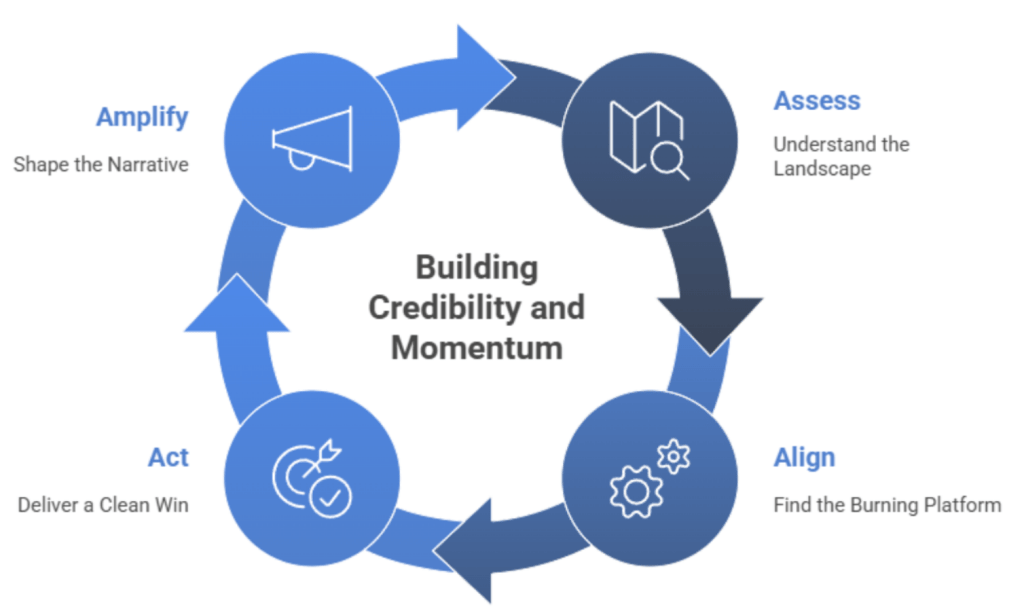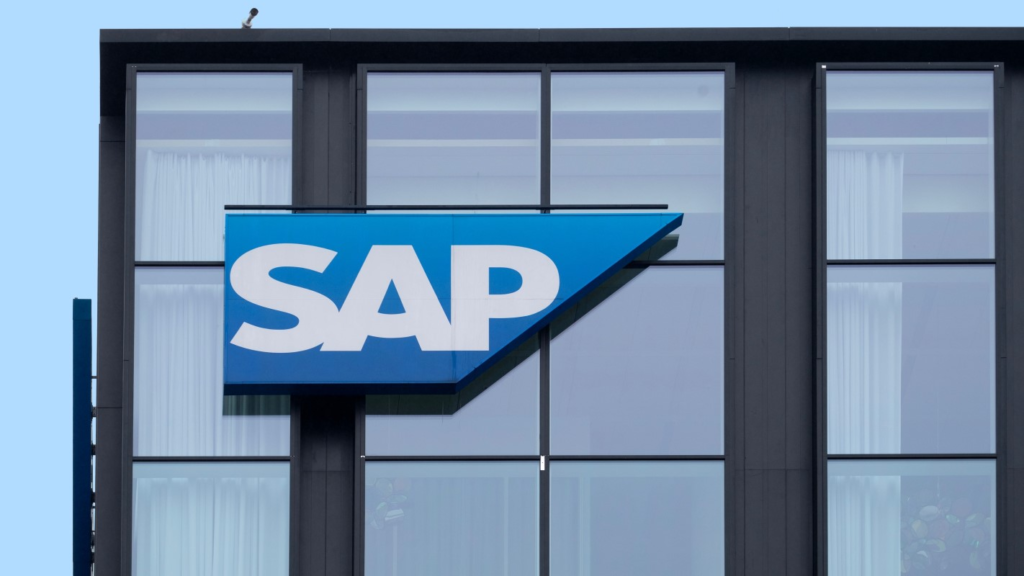Today marks an exciting milestone for Cloudera and for the future of data management and AI. Taikun, a leading platform provider for managing Kubernetes and cloud infrastructure across on-prem, edge, and multi-cloud environments, is now officially part of the Cloudera family. This acquisition is a strategic step forward, reinforcing our commitment to delivering the most robust, secure, and simplified platform for data and AI workloads across any environment. In today’s complex digital landscape, organizations face increasing challenges in managing data and applications across a patchwork of infrastructures, from on-premises data centers to multiple public clouds, as well as sovereign and air-gapped environments. This fragmentation drives up operational complexity and costs while limiting the agility needed to deploy and scale critical data and AI initiatives. Too often, businesses are forced to compromise on where workloads run, losing control over their data estates, or they restrict their analytics and AI systems to only a fraction of the data available to them. Systems and AI agents that can only access data in a given cloud, customer information from a vendor, or federated data that can’t be consolidated easily. Our long-term vision is to fix that, enabling data anywhere and powering AI everywhere with our industry-leading Data Services, data, and AI platform. The integration of Taikun with Cloudera furthers those efforts, allowing organizations to regain full control of their data estates. Taikun brings an advanced compute platform that seamlessly delivers Kubernetes distributions and end-to-end applications across on-premises and multi-cloud environments. This allows customers to deploy data and AI applications consistently through a unified interface and control plane, regardless of where the data resides. Through the Taikun integration, Cloudera extends its capabilities across the stack to provide a truly unified, cloud-like experience in any environment. It streamlines deployment, upgrades, and maintenance, while enabling fast, atomic updates and easy integration of new engines and databases from our broad partner ecosystem. What does this mean for your business? The impact is profound: Uncompromised flexibility: By leveraging the new capabilities through Taikun, customers have the freedom to run applications and data wherever it best serves their business. This includes highly regulated environments such as GovCloud, Sovereign Cloud, and air-gapped data centers. With this flexibility, Cloudera delivers best-in-class solutions for data management and private AI, ensuring business value and intelligence everywhere. Reduced total cost of ownership (TCO): By harmonizing a Kubernetes-based compute layer directly into the platform and extending the cloud experience to where data resides, Cloudera simplifies deployment, upgrades, and maintenance across the entire stack. This streamlined approach reduces operational risk, increases efficiency, and significantly lowers the TCO for large-scale data platforms covering both storage and compute. Accelerated innovation: By using our unified platform, customers can quickly adopt new engines and databases from both Cloudera and our broad partner ecosystem. The world of data today is exponentially more complex than a decade ago. Unique use cases require unique engines and solutions that are easy to deploy and support. This “bring your own engine” approach makes it easy to integrate Cloudera Data Services and popular open-source technologies like Spark, HBase, Ozone, Kafka, and Trino, as well as third-party databases and tools. By reducing infrastructure complexity, organizations can focus on generating insights and value rather than managing the underlying systems. Future-proofed strategy: By preserving choice and expanding deployment options through a cloud-anywhere architecture, Cloudera ensures long-term flexibility and alignment with customer needs as business mandates evolve. This acquisition is a proactive strategy to vertically integrate the data and compute stack, enabling Cloudera to deliver a consistent cloud experience no matter where an organization’s data lives. With Taikun, we are strengthening our ability to offer data and compute capabilities seamlessly across on-premises, public cloud, private cloud, and highly regulated environments. Leveraging Cloudera’s vast experience in exabyte-scale clusters and bringing the convenience of the cloud into any environment. To learn more about this news, click here. source













